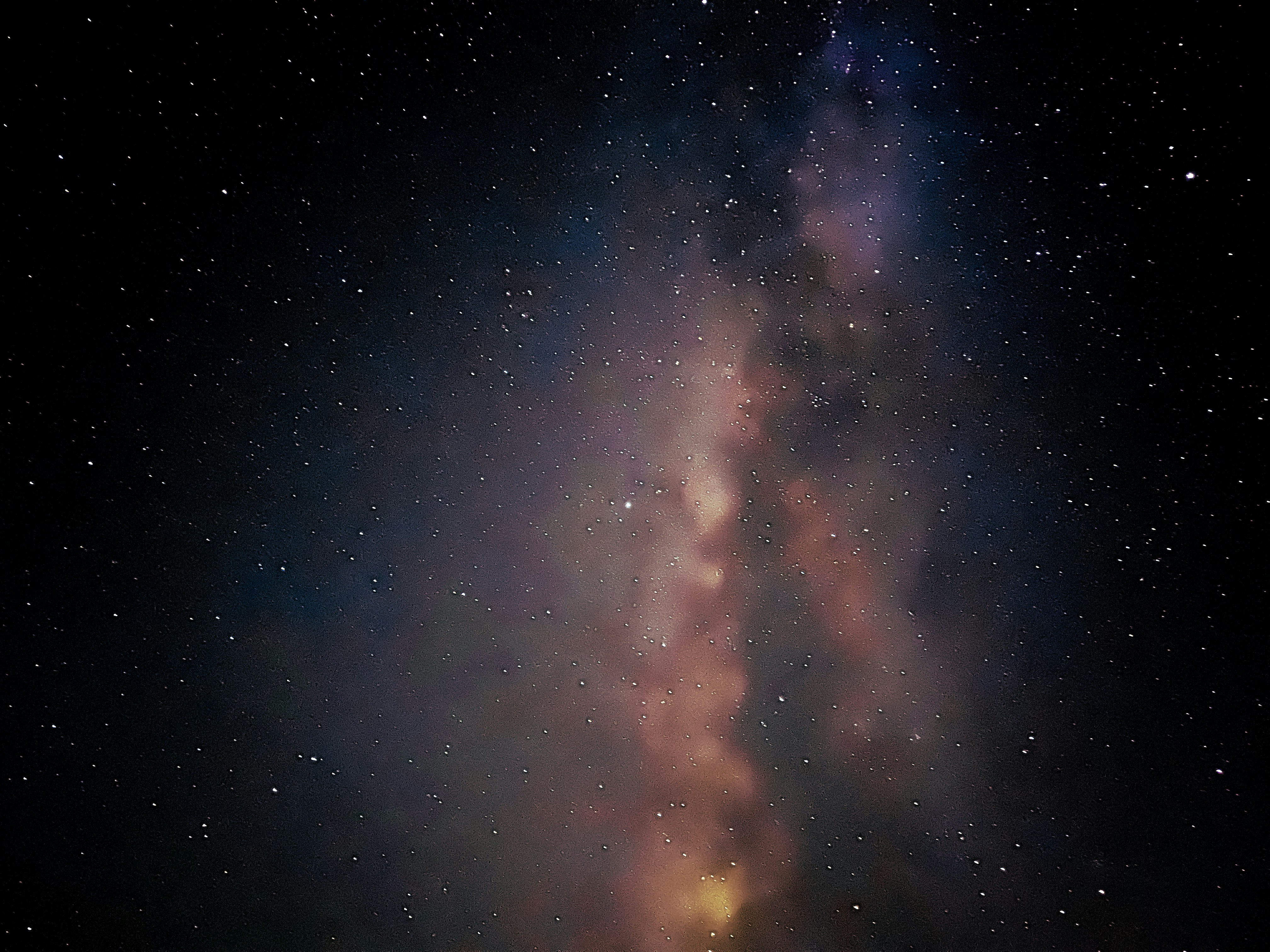
Webb Telescope, gravitational lensing, Einstein ring, COSMOS-Web, early universe, NASA/ESA, galactic evolution, JWST, COWLS survey.
A Window Into the Cosmic Past.
In a breathtaking new ESA/Webb Picture of the Month, astronomers have revealed eight spectacular examples of gravitational lensing — a cosmic phenomenon first predicted by Albert Einstein. Captured through the eyes of the James Webb Space Telescope (JWST), these images peel back layers of cosmic time, offering rare glimpses into the ancient universe.
Gravitational lensing occurs when massive celestial objects, such as galaxies or galaxy clusters, warp the very fabric of spacetime. This warping bends and magnifies the light from galaxies lying far behind them, creating arcs, circles (known as Einstein rings), and even multiple mirrored images of the same distant object.
What the Webb Telescope Reveals.
These eight featured lenses were discovered using data from the COSMOS-Web project, one of JWST’s largest and most ambitious surveys. With a staggering 255 hours of observation time, the COSMOS-Web program aims to:
- Understand how the most massive galaxies in the universe formed.
- Identify galaxies from the epoch of reionization, when the first stars and galaxies ignited.
- Explore the connection between stellar mass and dark matter halos across time.
The gravitational lensing discoveries were part of the COSMOS-Web Lens Survey (COWLS), where researchers manually examined over 42,000 galaxies and identified more than 400 potential gravitational lenses. The eight examples featured in this image are among the most extraordinary and visually striking.
Galaxies as They Were Billions of Years Ago.
The gravitational lenses showcased in this cosmic collage span a staggering range of time and space:
- Foreground galaxies (doing the lensing) appear as they were 2.7 to 8.9 billion years ago.
- Background galaxies, their light bent and distorted, date back even further — including one dubbed the “COSMOS-Web Ring,” believed to be from when the universe was just over a billion years old.
Among the rarities in this collection is a case where a disc galaxy, rather than the more common elliptical galaxy, acts as the lens. This diversity helps astronomers better understand galaxy evolution and the role of gravitational lensing in shaping what we see from Earth.
Webb vs Hubble: A New Era in Clarity.
While some of the lensed galaxies were previously identified using the Hubble Space Telescope, Webb’s infrared sensitivity and sharper resolution reveal new features in unprecedented detail. Others — especially those with deep red hues caused by ancient light or cosmic dust — are first-time discoveries, spotted exclusively by Webb.
These observations enable scientists to:
- Study individual star clusters and even supernovae in distant galaxies.
- Analyze the structure of early galaxies, furthering our understanding of how the universe evolved.
- Look deeper into the past than ever before.
Why Gravitational Lensing Matters.
Gravitational lensing isn’t just a cosmic optical illusion — it’s one of the most powerful tools in modern astronomy. It allows researchers to:
- Detect galaxies too faint or distant to see directly.
- Map dark matter, which doesn’t emit or absorb light but affects the lensing process.
- Measure the expansion rate of the universe with improved accuracy.
The James Webb Space Telescope is revolutionizing our view of the cosmos. Through projects like COSMOS-Web and COWLS, it provides unparalleled insights into galaxy formation, dark matter, and the early universe.
Final Thoughts: Seeing the Universe Anew.
This month’s featured image isn’t just a visual treat — it’s a scientific milestone. It showcases the immense potential of the Webb Telescope to uncover hidden corners of the cosmos, push the boundaries of human knowledge, and bring us closer to the beginning of time.
As researchers continue to analyze the data from COSMOS-Web, we can expect even more mind-blowing discoveries that reshape our understanding of the universe — one gravitational lens at a time.






